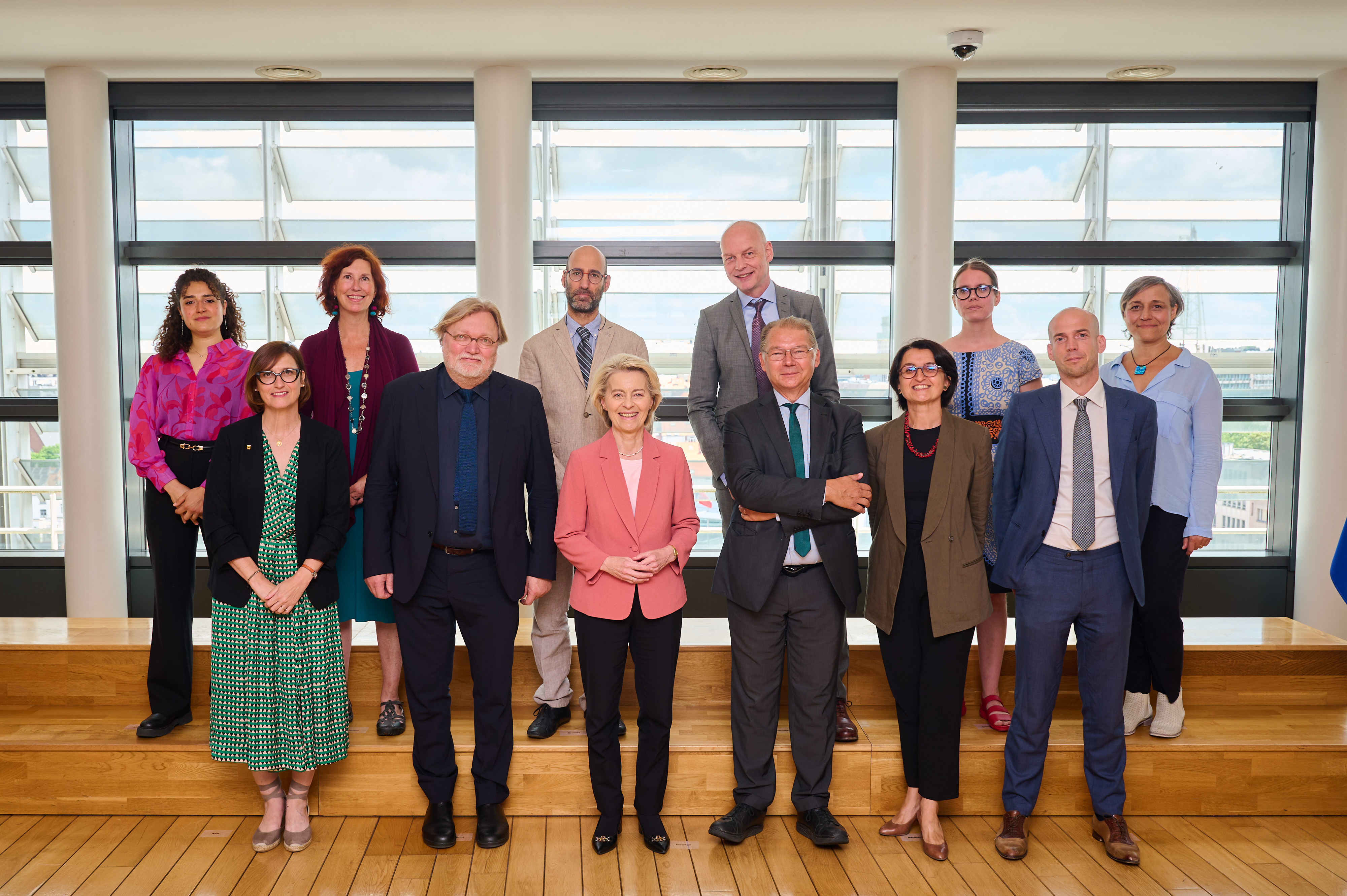Today, together with members PAN Europe and WECF, HEAL’s Executive Director Génon Jensen participated in the Implementation Dialogue on Biocides hosted by the EU Health Commissioner Várhelyi.
Air pollution is the leading environmental health threat in Europe, yet with targeted policy measures it can be largely preventable. While air pollution can affect everyone, certain people are more at-risk including children, pregnant women, the elderly or those living with disease. Another often overlooked risk factor, especially by policymakers, are the socio-economic conditions people live in. There is growing evidence that the unequal exposure to air pollution across and within European countries, regions, and cities continues to worsen health impacts. Urgent and more ambitious action to achieve clean air is needed.
The European Environment Agency found that in the European Union fine particulate pollution (PM 2.5) is consistently over 30 percent higher in the poorest regions. This echoes evidence highlighted by the World Health Organization (WHO) for Europe, which shows regions with a lower GDP per capita, less education and more long-term unemployment have higher PM2.5 concentrations. No level of exposure to PM2.5 is safe, as even small amounts can harm health. Air pollution has been linked to a range of health impacts, including asthma, lung cancer, heart disease, strokes, chronic obstructive pulmonary disease, dementia, and a worsening mental health.
In 2021, 97% of the EU population in cities breathed air that was considered harmful to health (above the latest WHO air quality guidelines). People living in socio-economically disadvantaged neighbourhoods are more likely to be exposed to higher levels of air pollution, because they may for example live near heavily polluted main roads where rent is lower.
As observed in many scientific studies this pattern can be seen across the European Union:
- In Paris , France, the most deprived census blocks areas are one of the most impacted by air pollution, with a link to more premature deaths.
- In Barcelona , Spain, exposure to higher concentrations of varied air pollutants and risk of early death is higher in deprived neighbourhoods.
- In Ghent , Belgium, people in neighbourhoods with lower income, high unemployment and rental housing are more exposed to air pollution.
- In Athens , Greece, reduction of outdoor PM concentration can benefit disadvantaged groups over ten times more.
- In Italy , low education, unemployment and rental housing is often linked to exposure to a higher level of air pollutants.
- In Czechia , groups with less education and higher unemployment were found to often reside in cities with higher concentration levels of combustion related air pollutants.

Within these disadvantaged communities, children, the elderly, immigrants, and people living with disease can be hit harder by the harmful effects of air pollution. The situation is worsened by existing challenges like limited access to healthcare, poor diets, and stress. This specific vulnerability has been demonstrated in the following scientific studies:
- In Sweden , children from low-income households are more affected by the harmful effects of air pollution.
- In Madrid and Barcelona , Spain, children, the elderly and immigrants suffer more from negative impacts of air pollution.
- In Italy, higher exposure to air pollution is linked to lower birth weights and more premature births, with the risks being even greater for those who are unemployed or have less education. Another study in the country found exposure to air pollution and worse socio-economic standing increased the risk of COVID infections among elderly men.
- In Dublin, Ireland, and Rome, Italy, elderly people from lower socio-economic groups face a higher risk of death due to air pollution.
- In Paris, France, exposure to air pollution among the elderly living in the poorest neighbourhoods increased the risk of mortality.
- In a multicity study in the EU, the immigrant population was found to be more exposed to air pollutants, with high population density and unemployment magnifying the risk.
“We’re highly concerned about the growing body of evidence demonstrating the link between socio-economic health inequalities and air pollution. Action on clean air will be beneficial for everyone in the EU, but especially for those living in socio-economically disadvantaged urban areas, regions or countries. The revised EU Ambient Air Quality Directive is a crucial tool in tackling inequalities, so its swift implementation should be a priority for member states“, Anne Stauffer, Deputy Director of HEAL states.
The revised Ambient Air Quality Directive (AAQD) will help improve air quality for all in the EU by setting stricter limits on harmful air pollutants. It emphasises the need to protect vulnerable groups, which can help reduce health inequalities linked to socio-economic status. It also mandates more comprehensive air quality monitoring, which can help identify pollution hotspots in disadvantaged neighbourhoods. The directive encourages public participation in air quality planning, which can give voice to concerns of those living in socio-economic disadvantaged areas, regions or member states . Overall, the improvements to air quality from the revised AAQD will lead to better health, reduced healthcare costs and improved productivity.
On the International Day of Clean Air for Blue Skies on 7 September, HEAL calls for clean air everywhere, for everyone’s health!
For more information:
Health groups’ position on the AAQD revision
Environmental health inequalities in Europe: second assessment report, World Health Organization, 2019
Income-related environmental inequalities associated with air pollution in Europe, European Environment Agency, 2023


